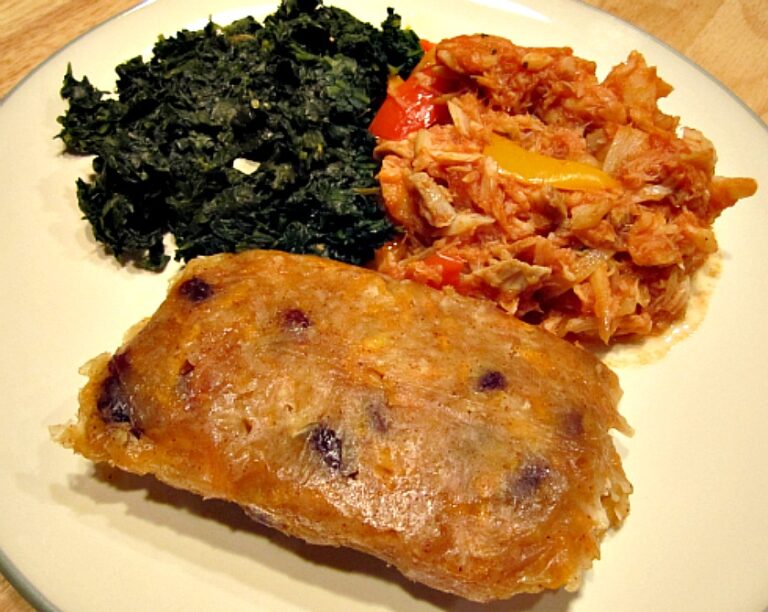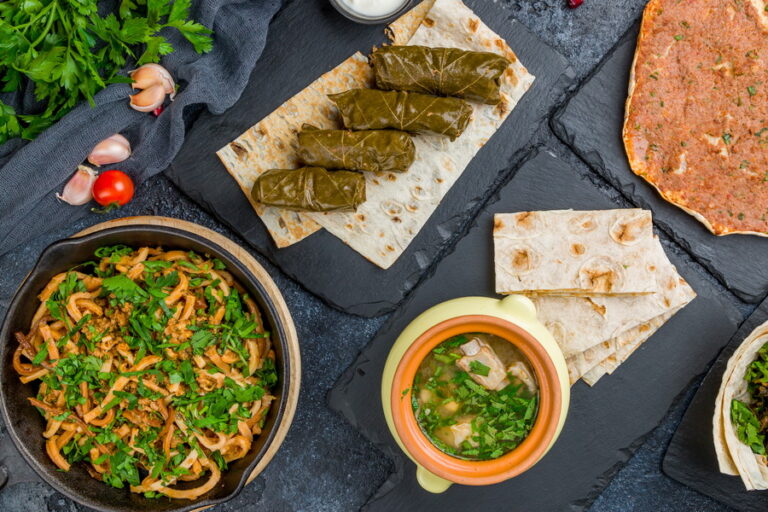Introduction: Antiguan and Barbudan cuisine
Antigua and Barbuda is a two-island nation in the Caribbean that boasts a rich cultural heritage and a diverse cuisine. Antiguan and Barbudan cuisine is heavily influenced by African, European, and indigenous Amerindian cultures. The cuisine is known for its bold flavors, vibrant colors, and fresh ingredients.
Cultural and historical influences on Antiguan and Barbudan cuisine
Antiguan and Barbudan cuisine is shaped by the nation’s history and culture. The island’s original inhabitants, the Amerindians, introduced techniques such as smoking and drying to preserve food. African slaves brought with them a tradition of seasoning and cooking with spices, while European colonizers introduced new crops such as sugar, citrus fruits, and vegetables.
Antiguan and Barbudan cuisine also incorporates elements from neighboring Caribbean countries, such as jerk seasoning from Jamaica and roti from Trinidad and Tobago. The result is a unique blend of flavors and techniques that reflect the country’s history and cultural diversity.
Common ingredients in Antiguan and Barbudan cuisine
Antiguan and Barbudan cuisine features a variety of fresh ingredients such as seafood, fruits, vegetables, and herbs. Seafood is a staple of the cuisine, with dishes such as grilled lobster, conch salad, and fish cakes being popular. Fruits such as mangoes, guavas, and pineapples are widely used in sauces, salads, and desserts.
Common vegetables found in Antiguan and Barbudan cuisine include yams, sweet potatoes, cassava, and okra. Spices such as ginger, thyme, and allspice are used to add flavor to dishes. Rice and peas are a popular side dish, and breadfruit is a staple ingredient that can be boiled, roasted, or fried.
Dietary restrictions in Antiguan and Barbudan cuisine
Antiguan and Barbudan cuisine can be accommodating to various dietary restrictions. However, it is important to note that some dishes may contain ingredients that are not suitable for certain diets. For example, many dishes contain gluten in the form of flour or breadcrumbs, and dairy products are used in some recipes.
Seafood and vegetarian options in Antiguan and Barbudan cuisine
Seafood is a major part of Antiguan and Barbudan cuisine, but there are also vegetarian options available. Vegetarian dishes such as pumpkin soup, callaloo, and lentil stew are popular. Many side dishes are also vegetarian-friendly, such as plantains, rice and peas, and boiled vegetables.
Gluten-free and lactose-free options in Antiguan and Barbudan cuisine
Gluten-free and lactose-free options may be limited in Antiguan and Barbudan cuisine, but there are still some dishes that are suitable for these diets. For example, grilled seafood and fresh salads are gluten-free, and coconut milk can be used as a substitute for dairy in some recipes. It is always best to ask about ingredients and preparation methods to ensure that dishes are suitable for specific dietary needs.
Religious dietary restrictions in Antiguan and Barbudan cuisine
Antiguan and Barbudan cuisine does not have any specific religious dietary restrictions, but some restaurants may offer halal or kosher options. It is important to inquire about these options beforehand to ensure that meals are prepared according to religious guidelines.
Conclusion: Enjoying Antiguan and Barbudan cuisine with dietary restrictions
Antiguan and Barbudan cuisine is a rich and diverse culinary tradition that can be enjoyed by those with dietary restrictions. With a variety of fresh seafood, fruits, vegetables, and spices, there are many options available for those with different dietary needs. It is always best to ask about ingredients and preparation methods to ensure that dishes are suitable for specific diets.










